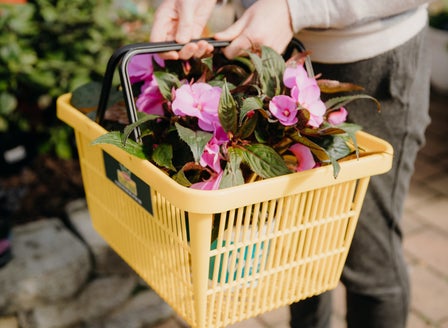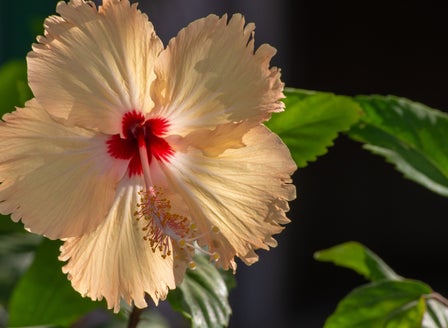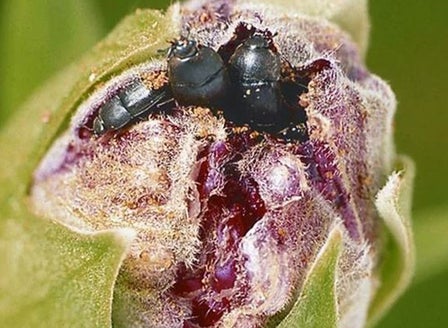Probably the most famous tropical plant variety in the world, hibiscus will give you dozens of large, colourful blooms each year. From vibrant reds to bright yellows and pale pinks, hibiscus are stunning in bloom, especially when planted en masse.
Planting Calendar
Prepare
Position
Hibiscus likes a position in full sun, with some protection from strong winds. They can also be grown in containers.
Soil
When planted into the ground hibiscus likes a free draining soil that is rich in organic matter. To improve the organic content in your soil, break up the soil and add Kings Compost and Kings Sheep Pellets then mix together well. When growing in containers, plant into Kings Container mix. This mix contains added water storage crystals and Saturaid, two products that help maintain moisture in the soil.
Plant
When planting into the ground, gently tap the plant out of its pot. Dig a hole twice the depth and width of the plants root ball. Mix Kings Compost into your existing soil at a 50/50 ratio, add Sheep Pellets and Kings Citrus & Fruit Tree food, then mix together well. Back fill the hole with this soil, so that when planted the top of the plant’s roots sit level with the surrounding ground. Firm the soil down gently and water in well with Aquaticus Organic Garden Booster. In heavier clay soils, where drainage is likely to be an issue, plant onto a raised mound and sprinkle Gypsum Clay Breaker into the bottom of the hole, this helps slowly condition the soil and help to break down the clay. When planting into containers plant into Kings Containers mix, as this has water retention crystals in it, which will help in keeping the soil moist. Firm the soil down gently and water in well with Aquaticus Organic Garden Booster.
Care
Watering
Watering is essential especially in the first year of planting to allow the roots to get well established. Water slowly allowing the water to sink down into the roots, rather than allowing it to run off the top of the soils surface. Add Saturaid into the soil at planting as this will help channel the water deep down into the root zone. Consider setting up an automatic watering system – these can be simple and inexpensive.
Feeding
Feed during spring, summer and autumn with Kings Citrus Food. When feeding plants grown in pots use Kings Slow Release Citrus food. Feed monthly with Aquaticus Garden Booster to encourage strong healthy plants and roots.
Protecting
Protect your hibiscus from frosts and cold winter winds by covering with frost cloth.
Mulching
Mulch around the base of the plants (make sure that the mulch does not come into direct contact with the stem of the plant) with Living Earth More than Mulch. Mulching helps to reduce weeds as well as aiding the soil to retain moisture.
Spraying
Spray with Yates Supershield for Black spot and with Groventive Garden to control Hibiscus Flower Beetle and aphids.
Pruning
Prune your hibiscus in October after all chances of frost have gone. When pruning cut out dead, damaged, and diseased wood first and then try to maintain the shape that you’d like. Prune your plants down by half any cuts should be made at a 45° angle slanting away from your bud. The top of your cut should be about 1cm above the bud. Select buds carefully, as you can control how the shrub will grow by choosing buds pointing in the direction that you want the plant to grow.
General Care
When using sprays, chemicals or fertilisers always read the label and follow the instructions. Apply sprays in the evening to avoid harming beneficial insects.
Beginner Tip
Hibiscus flower on new growth, so it is essential to prune back hard to encourage more growth, thus more flowers.
Expert Tip
Yellowing of leaves after winter is usually due to too much water or cold weather. Yellowing of leaves during the hotter months is a sign of lack of water.
Top Varieties
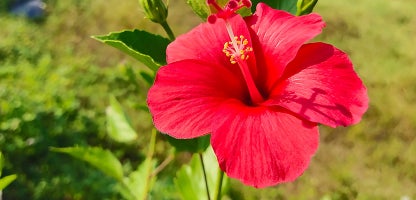
Fijian Hibiscus
A hardier shrub, which has smaller, but more prolific flowers than Hawaiian varieties.
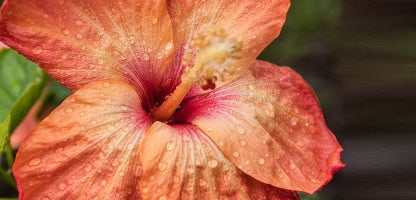
Hawaiian Hibiscus
Smaller growing cold tender shrubs with huge flowers. Like to be grown in a warm, sheltered, sunny site.
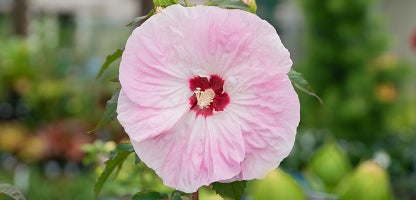
Hibiscus Syriacus
A cold hardy deciduous variety ideal for those in colder regions.
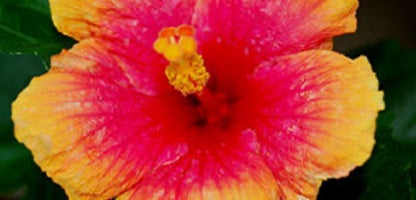
Clarkes Hybrids
New Zealand-bred varieties by Jack Clarke that are ideally suited to Auckland conditions. They are a cross between Fijian and Hawaiian hibiscus.
Frequently Asked Questions
When can I prune my hibiscus?
Hibiscus can be pruned back hard in the spring to encourage bushier growth. Prune out any dead or diseased wood, and also any crossing or rubbing branches. They flower on new seasons growth so the more you prune the more flowers you will get.
What and when should I feed my hibiscus?
Hibiscus are gross feeders and should be fed with citrus food according to the instructions on the packet.
What are the small green bugs on the flower buds?
These are most likely to be Green Aphid which like to suck the sap from the new growth. These can be treated by spraying with Bugtrol. Spray in the evening when the sun has gone down.
The leaves on my hibiscus have black spots, what is it and how do I fix it?
Hibiscus can get Black Spot on the leaves, this can be treated by spraying with Super Shield.
